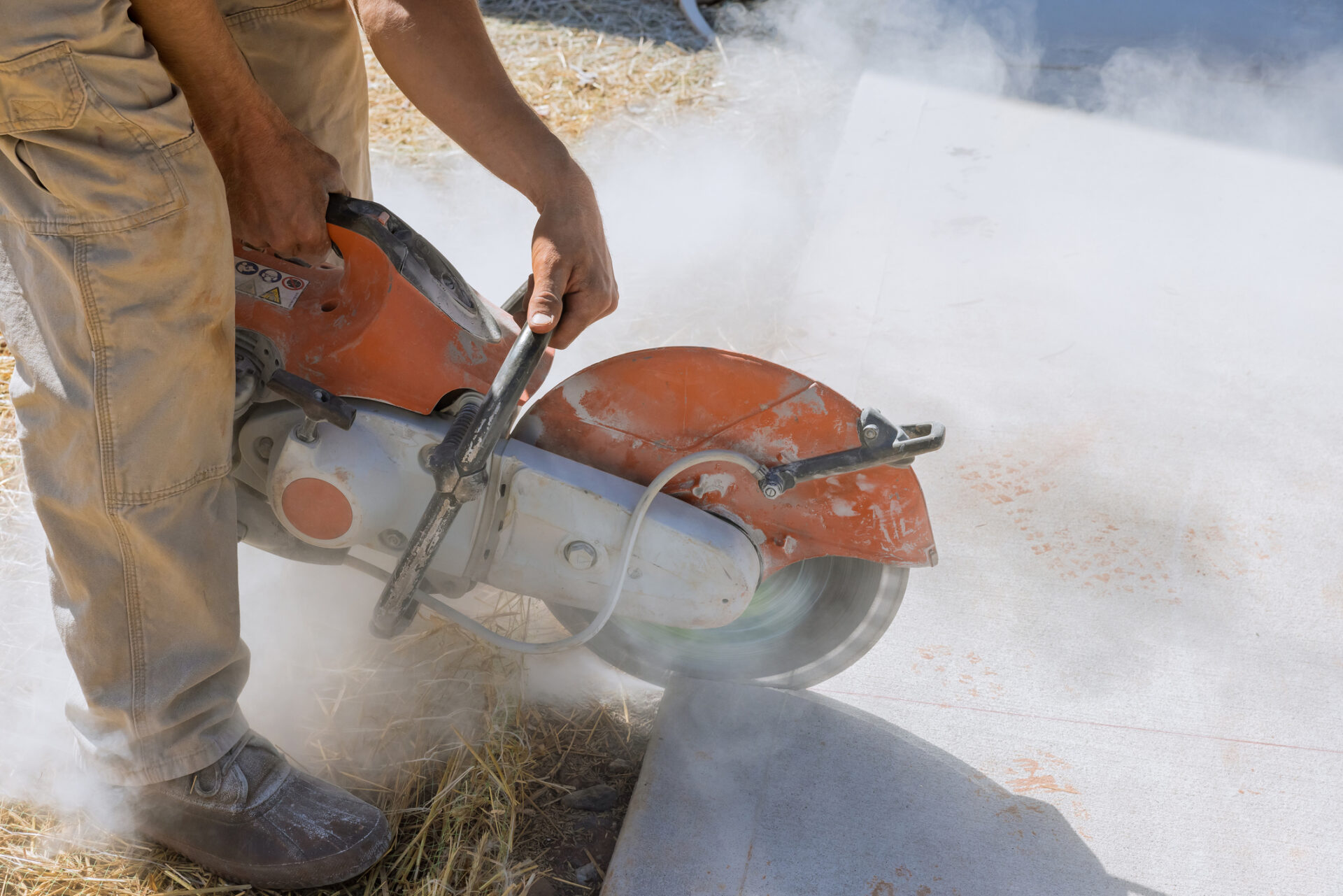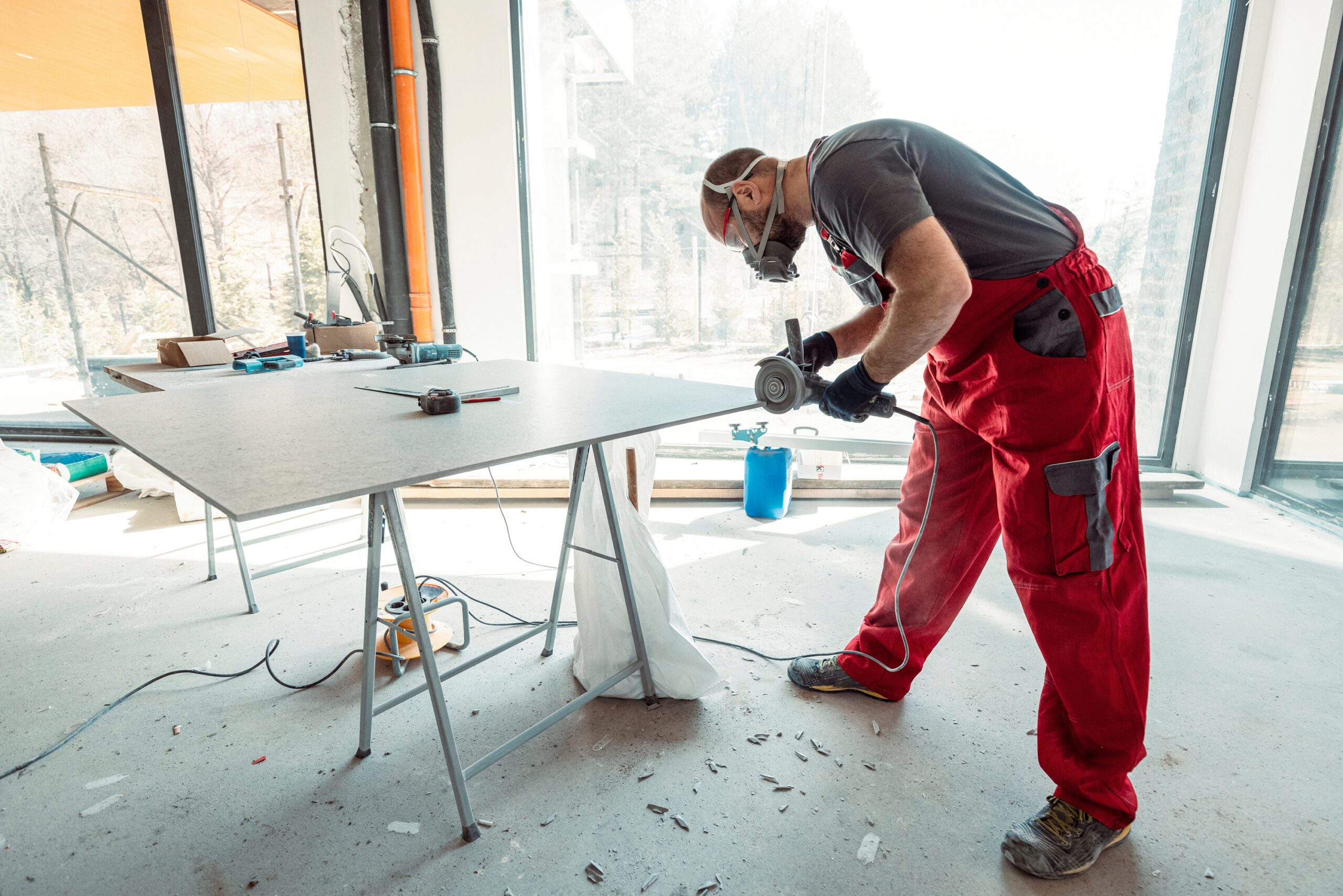Zaparas Lawyers funding three-year silicosis trial
Zaparas Lawyers is proud to partner with The Alfred’s Occupational Respiratory Clinic and its leading researchers to help fund a groundbreaking silicosis trial, bringing us closer to a life-changing treatment for patients with advanced silicosis.

There is new hope
on the horizon
The Alfred’s Occupational Respiratory Clinic is embarking on its next Phase of research and investigation into an anti-inflammatory drug that may assist silicosis sufferers.
Led by The Alfred’s Dr Ryan Hoy and his team of respiratory specialists, there is hope that the investigation into the drug will be key to suppressing and ultimately stopping inflammation in the lungs caused by inhaled silica dust particles.
Our commitment to silicosis research
At Zaparas Lawyers, we have seen firsthand the effects of silicosis on our clients. Supporting this trial is our way of driving progress towards better outcomes for those diagnosed.
The partnership with The Alfred’s Occupational Respiratory Clinic and its leading researchers allowed the firm to go beyond legal representation and actively invest in the health and safety of the communities we serve. This investment isn’t just about funding, it’s about hope, innovation, and the belief that together, we can help change the story of silicosis sufferers.


“To contribute in any way to the improvement of the well-being of individuals suffering from silicosis around Australia and potentially the world is humbling.”
Yianni Zaparas, Managing Partner
Zaparas Lawyers
What is silica
and silicosis?
Silica, also known as ‘silicon dioxide’, is a natural mineral that is present in most rocks, gravel, sand and clay. By dry cutting, grinding, polishing, or cutting certain materials, it releases respirable silica dust. When inhaled, these tiny particles become trapped within the lungs, resulting in an inflammatory response that causes scarring, which can lead to the development of a number of conditions, including silicosis, an incurable, potentially deadly lung disease.
You can learn more about silicosis here

Have you been exposed to
any occupational hazards?

Why this trial is important
Once silica dust is inhaled, the particles become trapped in the lungs, which cannot be cleared. Over time, those affected may develop symptoms which worsen, even after ceasing exposure, and may result in requiring a lung transplant, use of supplemental oxygen, development of lung cancer and/or reduced life expectancy. Workers as young as their 20s are being diagnosed even when asymptomatic. The trial will investigate whether a drug used for other inflammatory diseases can halt the progression of this deadly disease.
Frequently Asked Questions
Have any questions about silicosis?
You may find the answers below.
Silica, also known as ‘silicon dioxide’, is a natural mineral that is present in most rocks, gravel, sand and clay. Crystalline silica, also known as ‘free silica’ is most commonly found in quartz and can also be found in cristobalite and tridymite. Granite contains 25 per cent to 40 per cent quartz, and sandstone contains, on average, 67 per cent quartz. Artificial stone engineered for kitchen and bathroom benchtops can contain between 70 per cent to 90 per cent crystalline silica. Exposure to breathable crystalline silica can occur through activities including:
- The excavation, moving and drilling of earth;
- Mining;
- Paving and surfacing;
- Construction activities;
- The blasting, cutting, grinding, chipping, sanding, drilling, polishing, assembly and installation of natural and manufactured stone products such as benchtops and tombstones; and
- The manufacture of asphalt, cement, bricks, china, ceramics, glass and even adhesives, paints, soaps and abrasives.
Silicosis, a form of pneumoconiosis, is a permanent and progressive occupational lung disease caused by the inhalation of crystalline silica.
The silica becomes trapped in the lungs and accumulates with exposure. Lung tissue reacts to the silica by forming fibrotic nodules, scarring and inflammation. Silica exposure has been linked to an increased risk of developing other conditions such as lung cancer, kidney disease, autoimmune disease, tuberculosis and bronchitis.
Cigarette smoking can progress and/or worsen symptoms.
Silicosis is classified into three types:
- Acute: Acute silicosis can occur after a few months or a few years depending on the level and duration of exposure to high concentrations of crystalline silica. Acute silicosis tends to occur when a worker is exposed to crystalline silica in a confined space and is not wearing respiratory protection.
- Accelerated: Accelerated silicosis occurs after approximately five to 10 years of high exposure to dust-containing crystalline silica.
- Chronic: chronic silicosis is the most common form of silicosis and occurs after approximately 10-30 years of moderate to low exposure to dust containing crystalline silica. Symptoms may not be obvious until the later stages of the disease and may include fatigue, shortness of breath or respiratory failure.
People who work in mining, quarrying, construction, ceramics, engineering and stonemasonry are among those who have the highest risk of exposure to crystalline silica. Those working in the vicinity of such activities are also at risk.
If you or someone you know currently or previously worked in an occupation where they may have been exposed to crystalline silica, it is recommended that they consult a general practitioner or specialist to determine whether they have any conditions or diseases due to the potential exposure.
Given that the period between exposure and the onset of symptoms can be lengthy by decades, early preventative measures and detection are recommended.
